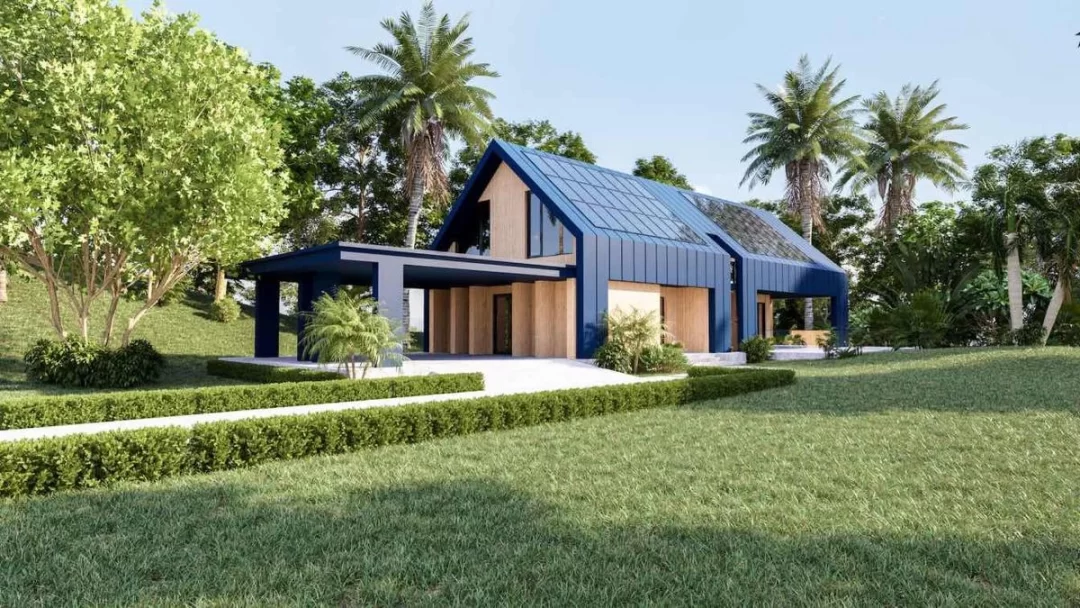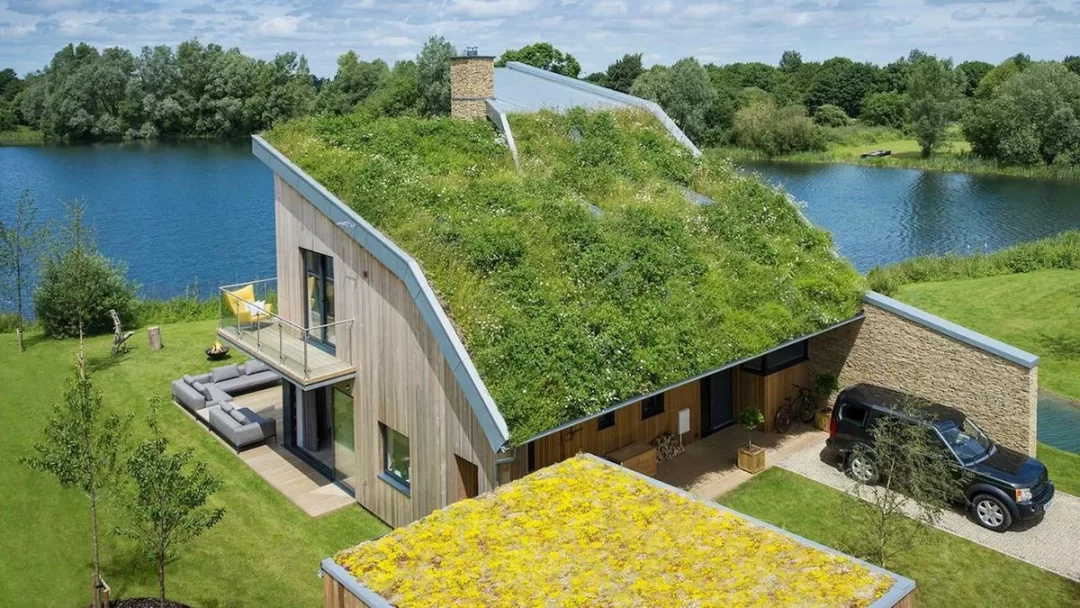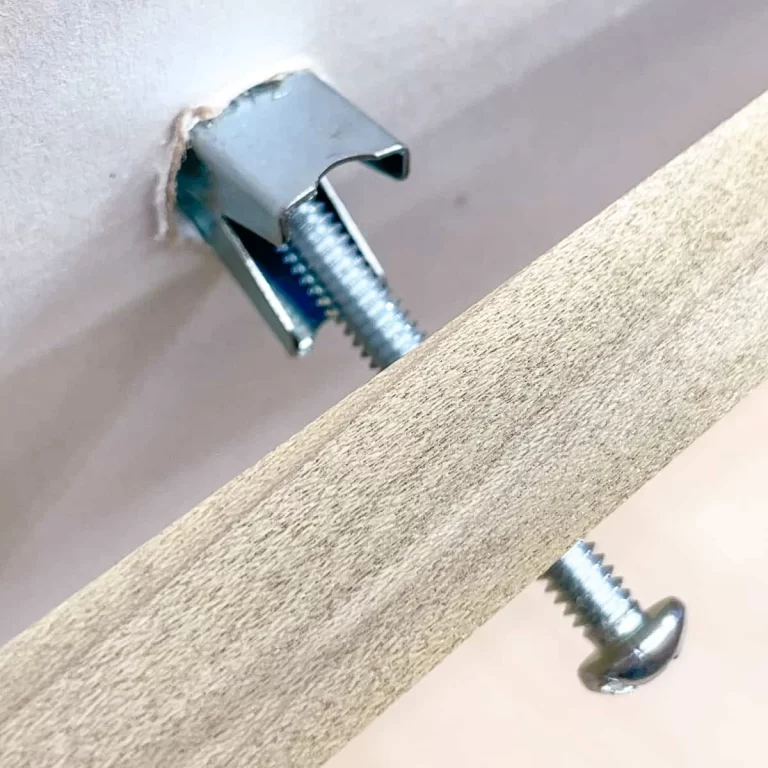Building Eco Homes: 7 Key Elements to Consider
Discover the world of building eco homes. This comprehensive article explores various aspects of eco home construction, from eco-friendly materials to energy-efficient technologies. Learn how you can build your dream home while reducing your carbon footprint.

What are Eco Homes?
Eco homes, also known as green homes or sustainable homes, are residential buildings constructed using environmentally friendly practices and materials.
These homes are designed to minimize their negative impact on the environment, conserve natural resources, and promote a healthier lifestyle for occupants.
The Advantages of Building Eco Homes
Eco homes offer a plethora of advantages for both the environment and homeowners. Some of the key benefits include:
1. Reduced Carbon Footprint
Building eco homes reduces greenhouse gas emissions and decreases the overall carbon footprint.
With the integration of renewable energy sources, such as solar panels, these homes consume less energy from traditional fossil fuels.
2. Energy Efficiency
Eco homes are engineered to be highly energy-efficient, utilizing innovative technologies like smart thermostats and LED lighting to minimize energy consumption.
3. Improved Indoor Air Quality
Eco-friendly materials and advanced ventilation systems ensure better indoor air quality, reducing the risk of respiratory problems and allergies for residents.
4. Lower Utility Bills
The energy-efficient features of eco homes result in lower utility bills, saving homeowners money over the long term.
5. Increased Property Value
As sustainability becomes a growing concern, eco homes are in high demand, leading to an increase in property value over time.
6. Health and Wellbeing
Living in an eco home promotes a healthier lifestyle, as the absence of harmful chemicals and pollutants improves overall wellbeing.
7 Key Elements of Building Eco Homes
Building an eco home involves a combination of essential elements that work together to create an environmentally friendly dwelling.
1. Sustainable Building Materials
One of the core aspects of eco home construction is the use of sustainable building materials. These materials are typically renewable, recycled, or low-impact on the environment.
2. Passive Design Principles
Passive design principles focus on maximizing natural heating, cooling, and lighting to reduce energy consumption.
3. Water Efficiency
Eco homes employ water-efficient technologies, such as rainwater harvesting and low-flow fixtures, to conserve water resources.
4. Renewable Energy Sources
Integrating renewable energy sources like solar panels, wind turbines, and geothermal systems allows eco homes to generate their electricity sustainably.
5. Eco-Friendly Landscaping
Eco homes extend their sustainability to the surrounding environment by implementing eco-friendly landscaping techniques.
6. Smart Home Technology
Smart home systems enable efficient energy management and control, contributing to energy savings.
7. Waste Reduction and Recycling
Eco homes emphasize waste reduction and recycling practices, minimizing the impact on landfills.
Eco-Friendly Materials for Building Eco Homes

The choice of materials plays a vital role in constructing eco homes. Opting for sustainable, non-toxic, and recyclable materials significantly enhances the eco-friendliness of the building.
1. Recycled Steel
Recycled steel is durable, strong, and sustainable, making it an excellent choice for framing eco homes.
2. Bamboo
Bamboo is a fast-growing and renewable material, ideal for flooring, furniture, and even structural elements.
3. Rammed Earth
Rammed earth walls provide excellent thermal mass, regulating indoor temperatures naturally.
4. Hempcrete
Hempcrete, a mixture of hemp fibers and lime, offers insulation properties and is biodegradable.
5. Cork
Cork is a renewable material that can be used for flooring, wall coverings, and insulation.
6. Reclaimed Wood
Using reclaimed wood reduces the demand for new timber and prevents deforestation.
7. Earth Plaster
Earth plaster, made from clay, sand, and straw, is a sustainable alternative to conventional plaster.
Energy-Efficient Technologies for Eco Homes
Energy-efficient technologies are crucial in achieving the goal of sustainability and minimizing energy consumption in eco homes.
1. Solar Panels
Solar panels harness sunlight to generate electricity, reducing dependence on conventional power sources.
2. Geothermal Heating and Cooling
Geothermal systems utilize the earth’s natural heat to warm homes in winter and cool them in summer.
3. Energy-Efficient Windows
Energy-efficient windows with low-emissivity coatings prevent heat loss and gain.
4. LED Lighting
LED lights are energy-saving alternatives to traditional incandescent bulbs.
5. Smart Thermostats
Smart thermostats optimize heating and cooling based on occupancy and preferences.
6. Energy-Efficient Appliances
Energy Star-rated appliances consume less energy, contributing to overall energy savings.
Conclusion
Building eco homes represents a powerful step towards a sustainable future.
By prioritizing eco-friendly materials, energy-efficient technologies, and green building practices.
These homes significantly reduce their environmental impact while providing a healthier and more comfortable living space for occupants.
As our world continues to grapple with environmental challenges, the trend of building eco homes is likely to grow, offering a promising solution to create a greener, cleaner, and more sustainable world.
READ ALSO!!!





